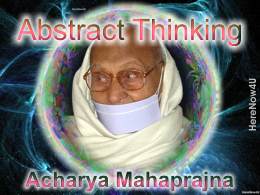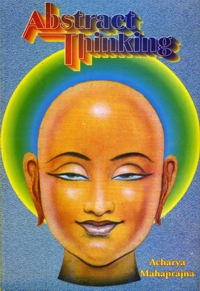
Preksha meditation is not only a technique to be practised; it embodies a whole philosophy of life. Without a clear perception thereof, mere practice will not be very useful and we shall not be able to further this practice either.
In this context, a great stress is laid upon understanding the body. He, who does not understand the secrets of the body, cannot properly understand religion. One, who cannot interpret the body correctly, cannot rightly interpret religion. He, who wants to make progress in the field of sadhana, wants to increase his power and consciousness, will have to master the secrets of the body. There is no other way.
When a man becomes acquainted with the power of the body, he can entertain no doubt about the power of the soul. There are certain centres in our body, which increase lust, attachment and aversion. On the other hand there are also certain centres in the body, which, if developed, decrease lust, refine desire, and dissolve attachment and aversion. With regular practice, as the physical centres get refined and are put into use, a point is reached when consciousness and energy start ascending and the whole of our consciousness and energy is collected in the right side of the brain. The right hemisphere of the brain is related to spirituality and the left hemisphere to secular knowledge, such as Mathematics, Logic, etc. The hind part of the brain, the cerebellum, is the region of spirituality, and with it is linked the head of the spinal cord. The whole of it may be called the transcendental sphere.
The body is divided into two parts
- the one mundane,
- the other transcendental.
The transcendental region lies dormant. So it is difficult to believe that man can ever be free from attachment and aversion, can become a veetaraga, omniscient.
Modern scientific researches have done great good to mankind and manifested a possibility that if man develops his brain, he can become omniscient, a sage. He can come to know the past and the future, the near and the far, the gross and the subtle.
When the central nervous system, the top end of the spinal cord, the cerebellum and the right hemisphere of the brain are activated, then alone does it become possible to become omniscient, to be free from attachment and aversion and to become a sage. Let us give credence to this possibility that a man can become omniscient, can be free, and become a veetaraga.
 Acharya Mahaprajna
Acharya Mahaprajna

